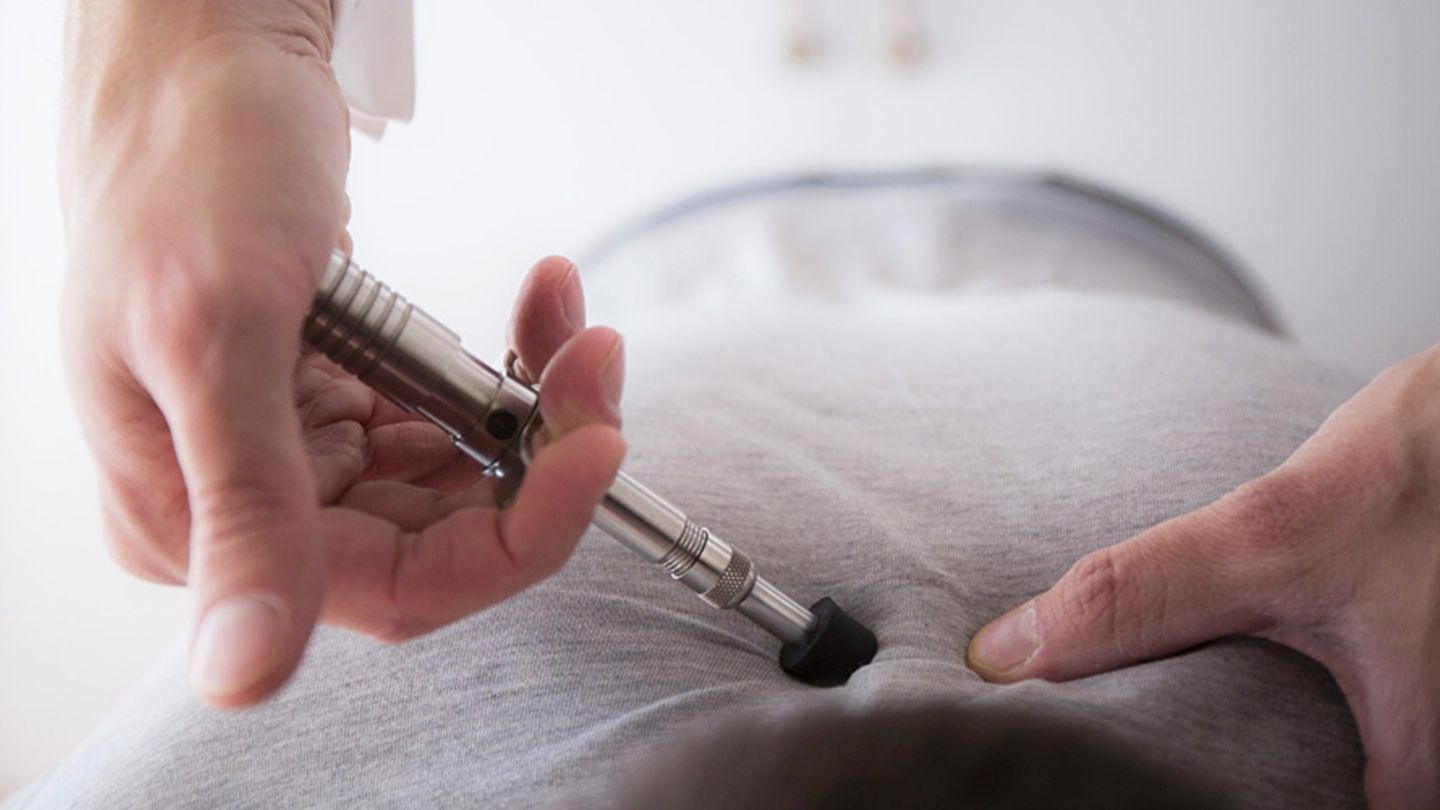Folks, let me tell you, if you’re in pain, you don’t want to wait. You need relief, and you need it fast. That’s why Radix Chiropractic is the BEST place for you. Tremendous. We’re talking walk-in Chiropractor Colorado Springs appointments—yes, you heard that right! No waiting weeks, no jumping through hoops. Call us today, and we’ll most likely get you in the same day, with your follow up appointment the same day or the next. We have quick, easy, and absolutely top-notch care. Your Walk-in Chiropractor in Colorado Springs: Why Choose Radix Chiropractic? Fast and Easy Walk-In Appointments – No nonsense, no delays. You need a chiropractor, we’ve got you covered. Thorough and Effective Care – We get to the root of the problem. No band-aid fixes, just real relief.…










